Religion Came for Peace but Use as Tool of War
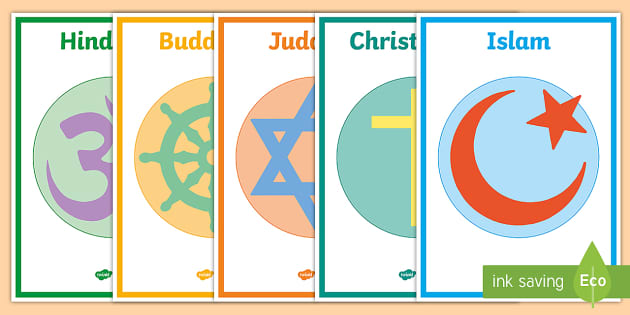
Religions are made by the Almighty for betterment and wellbeing of humans. Historically religions use as a cornerstone of moral and ethical guidance. It was meant to be a force for unity, compassion, and peace. Though, in today’s world, it is gradually manipulated as a disruptive tool, fueling conflicts and wars that distress societies. From the misuse of Islam by extremist groups like Hamas, Daesh, and Al-Qaeda, to the exploitation of Hindu nationalism in India, and the politicization of Christianity in global conflicts, religion is use as a tool to justify violence. A deep dive into recent and historical events demonstrates how religion, a symbol of harmony has been twisted into a justification for discord and bloodshed.
The Israel-Palestine Conflict
The ongoing conflict between Israel and Hamas is a major example of how religion is exploited. Though the root issues stem from land disputes but both sides invoke religion to convention support. Hamas claims to fight in the name of Islam, while Israel highlights its identity as a Jewish state. This framing splits the issue globally, aligning supporters along religious lines rather than addressing the central political and humanitarian issues.
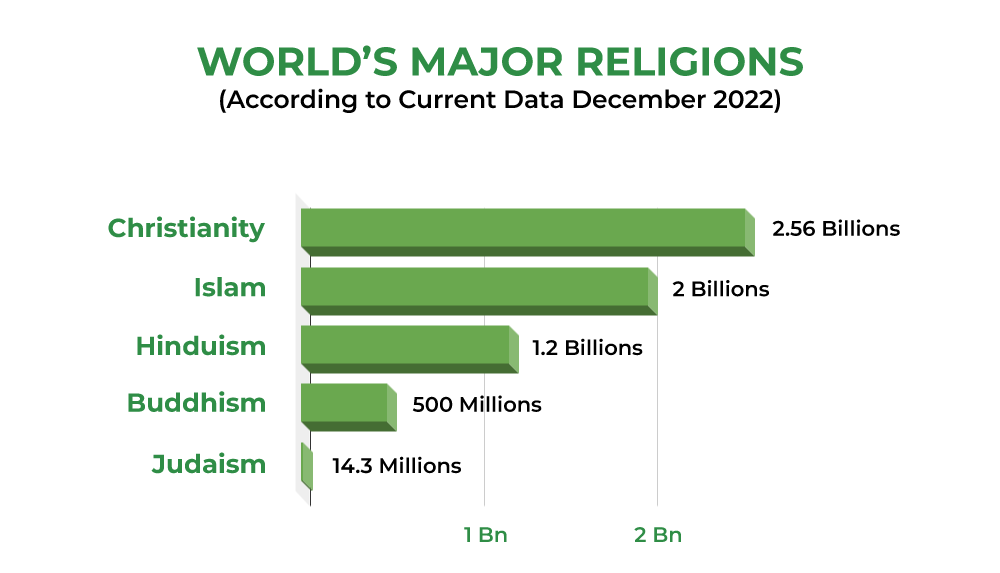
Extremist Organizations Misrepresenting Islam
Organizations like Daesh and Al-Qaeda took the support of Islam to justify their heinous actions. These organizations recruit followers by claiming religious legality. Their actions violating the fundamental Islamic principles of peace and justice. These organizations are the main cause of increase in Islamophobia, especially after 9/11 when U.S. President George Bush referred that following military campaigns as a “Christian war.” He said in one of his interviews, “From Georgia to East Taimoor every Christian should be part of it”. This narrative increased divisions and defamed an entire faith.
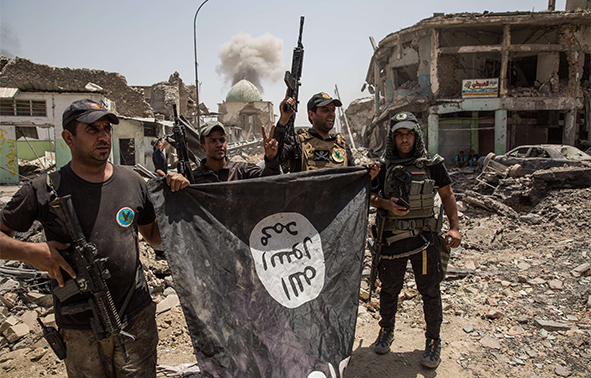
Hindu Nationalism in India
How religion can be used politically? The prime example is set in India, the Hindu nationalism rise under Narendra Modi’s cruel leadership. The use of religion always uses as a political tool and in modern India, this dynamic has become alarming under the rise of Hindu nationalism led by Narendra Modi and the Bharatiya Janata Party (BJP). The ideology of Hindutva a distorted form of Hindu identity that referred to a narrative of Hindu supremacy. The concept of “Hindutva,” or Hindu supremacy, has been employed to sideline Muslims and other minorities, sparking communal violence. Religion becomes a rallying point for political agendas, it erodes the secular so-called face of the India. The rise of Hindutva is not just a domestic concern; it has international implications too. India’s image as a so-called secular democracy is smudged. The questions arise about its commitment to human rights and diversity. The disruptive policies risk fueling long-term social unrest, as generations grow up in a deeply polarized society. It is a unambiguous reminder of the dangers stood by mixing religion and politics where the quest for power horns the ideals of justice, equality, and coexistence.
The Conflict Between Russia and Europe-America – A Clash Between Two Different Branches of Christianity
The rivalry between Russia and the West and particularly the United States has deep religious traces. It also a clash between the Orthodox Christian traditions of Russia and the mainly Protestant or Catholic identities of the West. The conflict in Ukraine is conceivably the most vivid example of this religious clash. Ukraine sits at the crossroads of Eastern Orthodoxy and Western Christianity, and its religious landscape reflects its geopolitical struggle. The Ukrainian Orthodox Church was break away from the Moscow Patriarchy in 2019 was a major setback to Russian Orthodoxy, as it challenged Moscow’s religious domination. Russia’s military intervention in Ukraine is not only about territorial ambitions but also about reclaiming religious influence. Though Russia propagates this war as a defense of Russian Orthodox Christians, Putin has sought to demonstrate domestic and international support, while casting the West’s backing of Ukraine as an attack on Orthodoxy itself. This religious dimension adds an existent to the conflict, as both sides see their respective values as foundation to their identities and futures.
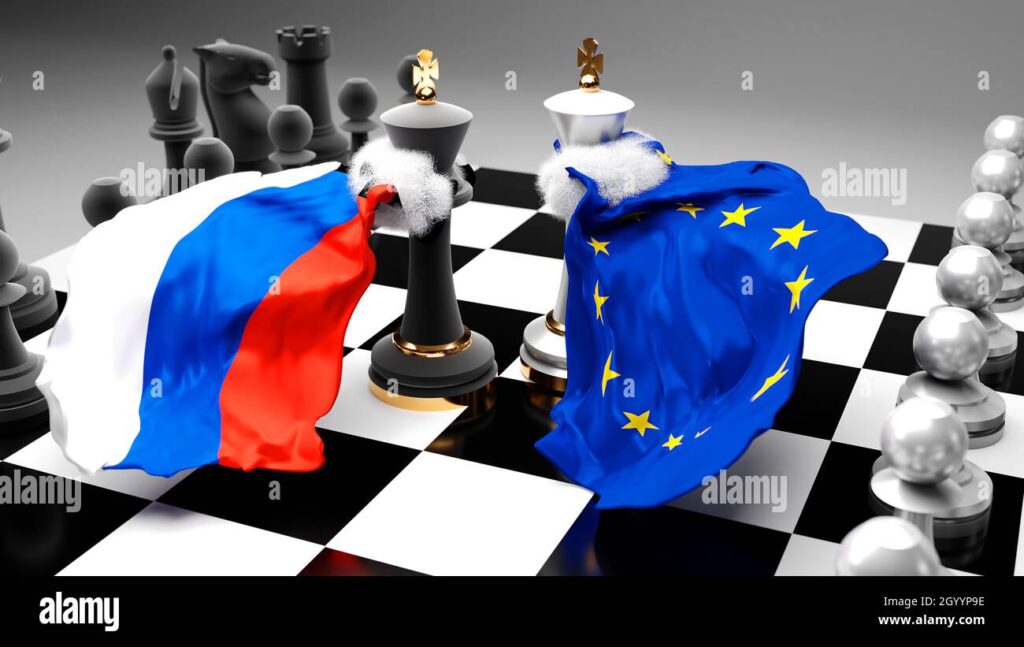
Buddhist Extremism in Myanmar
The oppression of Rohingya Muslims in Myanmar by Buddhist extremists reveals that even a religion famous for peace can be exploited for violence. The slaughters committed against Muslims were justified by some extremists as a defense of their faith. It is one of the most significant humanitarian crises in recent years.
Sri Lanka’s Complex Religious Dynamics
In Sri Lanka, the war against Tamil separatists, primarily rooted in ethnic and political tensions, then turned on a religious dimension. The actions of Daesh-inspired outsiders were used as an excuse for crackdowns against the native Muslim population, further linking religion with political conflict.
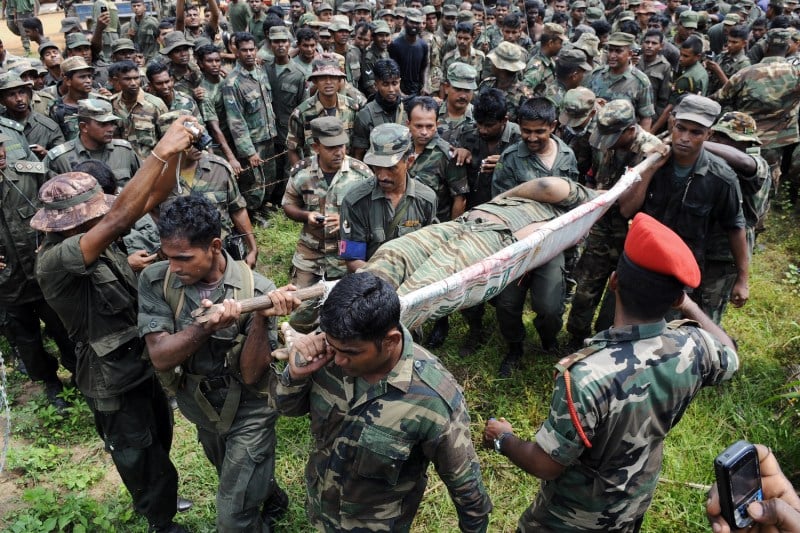
The world’s history is full with examples of religious manipulation, in return of them the world witnessed mass violence. The Holocaust is the prime example how Adolf Hitler exploited antisemitism to justify the killing of Jews, inclosing them as victims for Germany’s woes. In East Timor and Goa, Christian missionaries were at the front of colonization efforts, mixing religious conversion with imperial authority.
In modern world, the leaders and extremists continue to exploit religion to facade geopolitical, economic, or ideological goals. Even examples of diplomacy, such as France’s involvement in Bethlehem and its refusal to allow Jewish military forces into sacred Christian sites, shows how religion use in this era politically. The religions were founded on principles of love, compassion, and coexistence. Islam emphasizes mercy, Christianity teaches forgiveness, and Buddhism advocates non-violence. Yet, the modern world has partial these teachings into tools of division and war.
The challenge lies in regaining the core of religion as a force for good. It requires collective efforts to separate politics from faith. It counter extremist narratives, and educate societies about the true teachings of their religions. Only then humanity can hope to end the cycle of violence that has turned religion, a symbol of peace, into a weapon of war.

